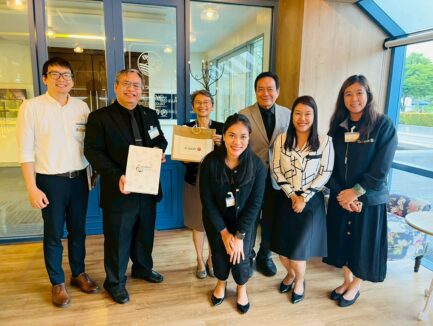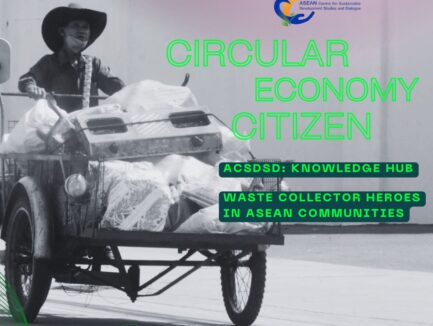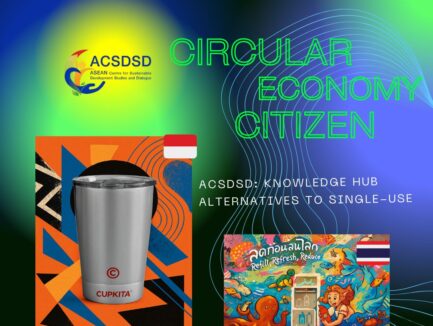Threading ASEAN’s Circular textile hubs
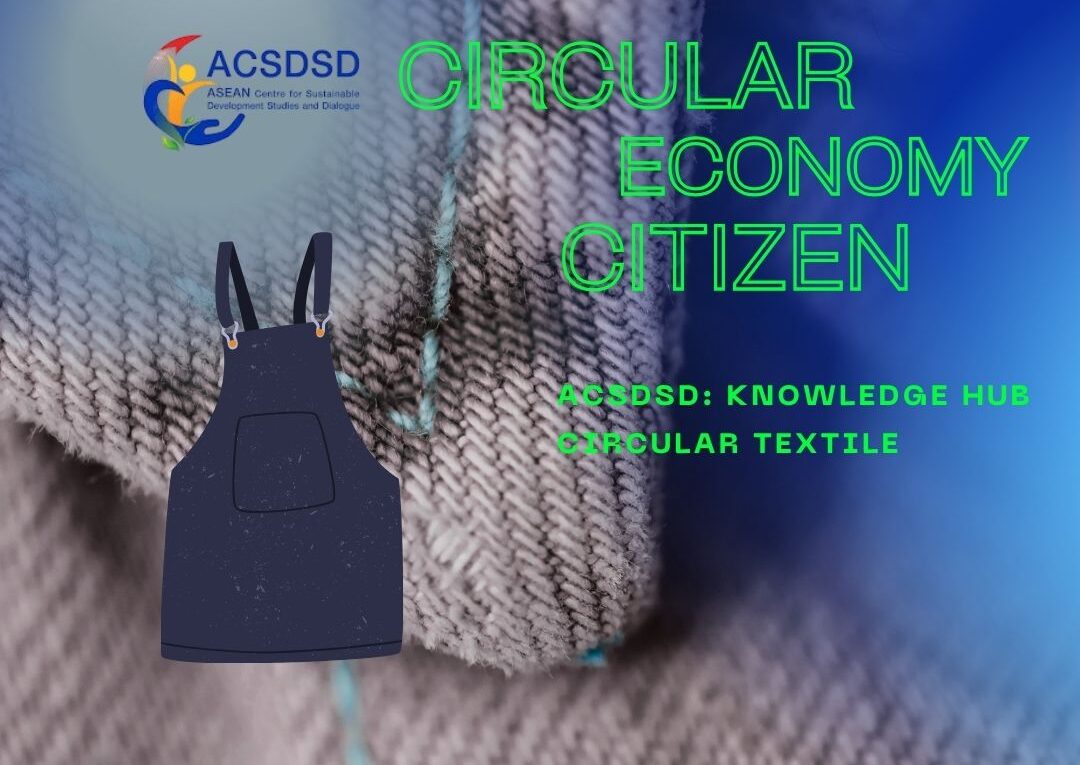
From landfill-bound to livelihood-driven, every garment has a story.
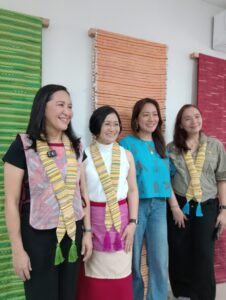 At the QC-Anthill Circularity Hub, the shirt was sorted, deconstructed, and reimagined. Local artisans, trained through a public-private partnership, upcycled its fibers into vibrant pouches sold to support sustainable livelihoods.This facility was made possible through collaboration between the Quezon City government, Anthill, and the Pilipinas Shell Foundation, with support from the Maybank Foundation and ASEAN.
At the QC-Anthill Circularity Hub, the shirt was sorted, deconstructed, and reimagined. Local artisans, trained through a public-private partnership, upcycled its fibers into vibrant pouches sold to support sustainable livelihoods.This facility was made possible through collaboration between the Quezon City government, Anthill, and the Pilipinas Shell Foundation, with support from the Maybank Foundation and ASEAN.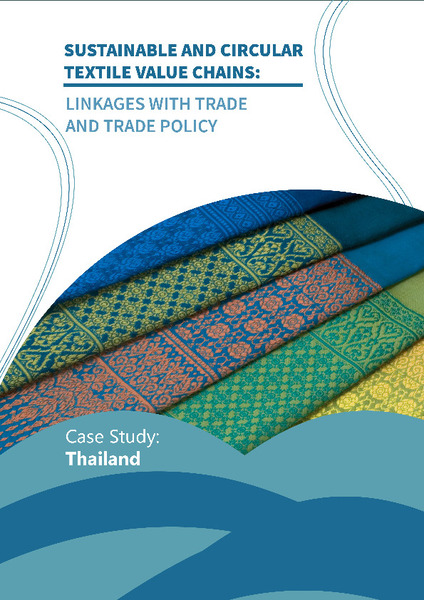
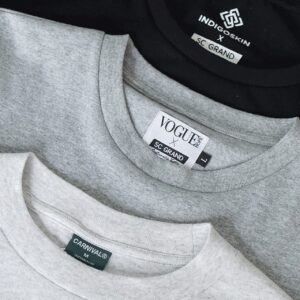
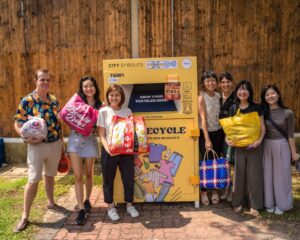
Sources:
https://www.sdgport-th.org/2024/02/circular-textile-value-chains-thailand/
https://www.textilescircle.com/th/aboutus
https://www.aprayon.com/en/sustainability/apr2030/accelerating-circularity/
📬 Contact: Pakjira Numchaisombut, Communication Officer at ACSDSD (pakjira.num@acsdsd.org)
For contributions to the ACSDSD blog or inquiries about ASEAN sustainability campaigns.
